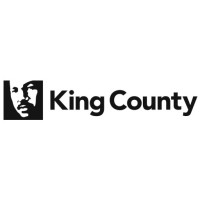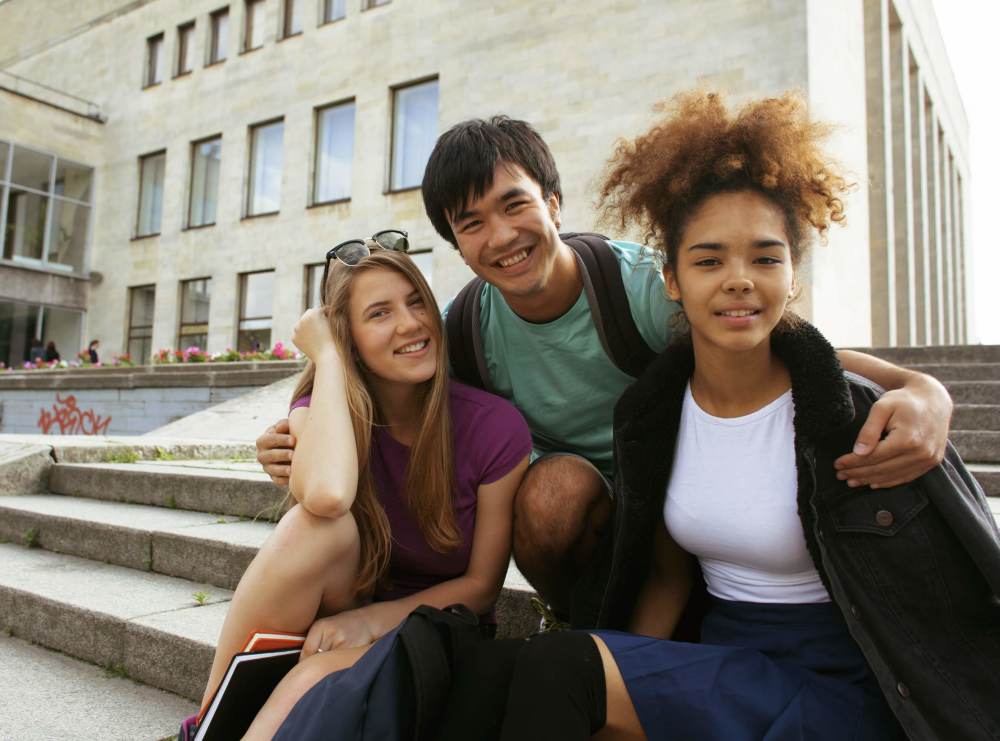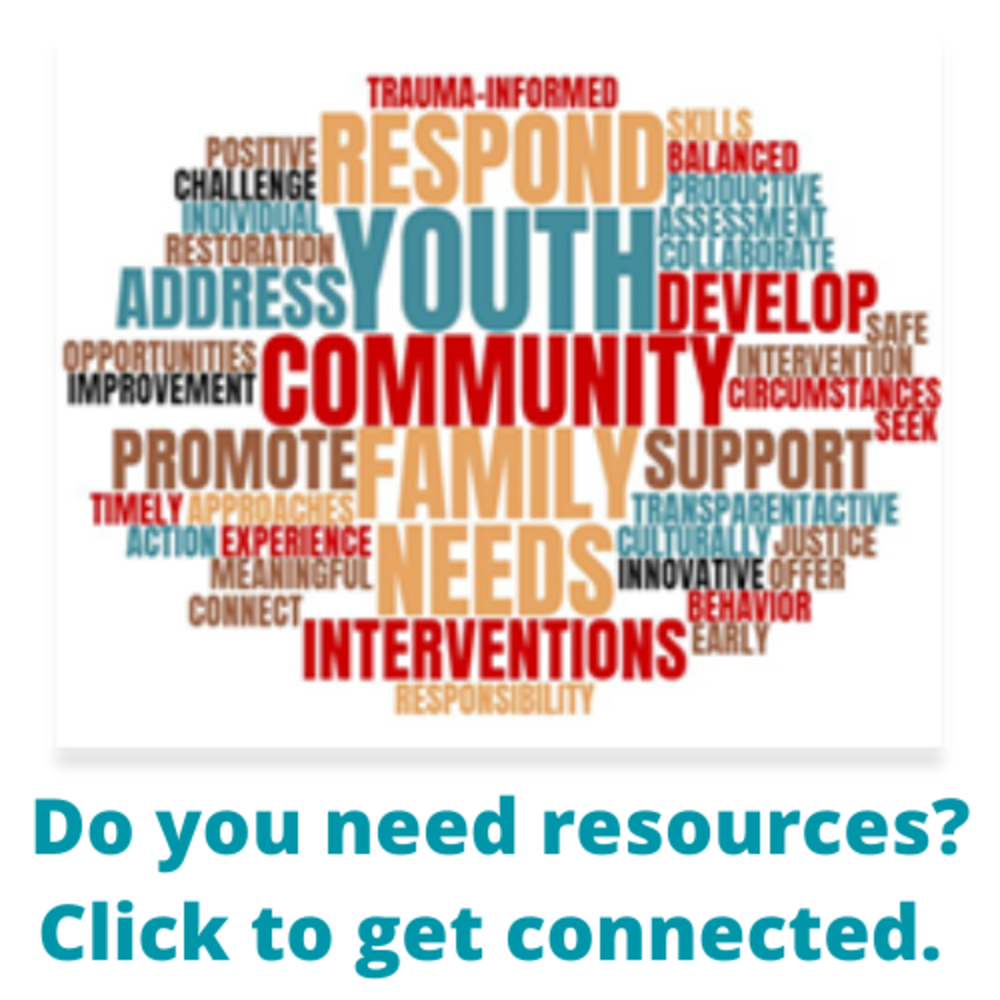All young people in King County deserve to thrive and reach their full potential. Yet many face a legal system that is harmful, punitive, and overwhelmingly targets youth of color.
Youth incarceration has harmful, profound, and long-lasting impacts on young people’s mental and physical health. It impacts their future employment and educational outcomes. It also increases the likelihood of being involved in the criminal legal system in the future. Notably, young people of color are harmed most by youth detention because of structural racism, historic community disinvestment, and overpolicing.
Care & Closure is a plan to center youth, care, and connection and reduce the harms of the punitive system in which we currently operate as the King County Executive moves to close the youth detention center at the Judge Patricia J. Clark Children and Family Justice Center (CCFJC). Ultimately, King County aims to unwind generations of systemic racism by transforming the criminal legal system and enhancing public safety, so every person is safe in their home and community.
There are six recommendations for the proposed community-based alternatives that address the complex needs and risk levels of young people who would otherwise be in detention. While many of these recommendations have shared support, there are two recommendations that require additional deliberation and consensus-building.
Recommendation #1: Create, operate, and maintain a 24 hours a day, 7 days a week respite and receiving center where law enforcement will take all youth under 18 years old upon arrest unless they can be released upon entering the center. More deliberation needed.
Recommendation #2: Provide very short-term respite housing at the respite and receiving center for youth who cannot go home due to safety concerns. More deliberation needed.
Recommendation #3: Provide enhanced immediate supports when youth return home to their families or are placed in kinship care with extended family members. Strong consensus.
Recommendation #4: Create, contract, and provide oversight to a network of community care homes where youth would stay while their court case proceeds if they are unable to go home because of safety concerns. General consensus.
Recommendation #5: Strengthen community infrastructure and capacity to ensure all youth have access to and can benefit from culturally responsive and linguistically relevant, developmentally appropriate, and youth- and family-centered supports that address their identified needs. Strong consensus.
Recommendation #6: Ensure the next steps for these recommendations are informed by and centered on input, expertise, and ideas of the community members most directly impacted by the youth legal system. Strong consensus.
In order to close the youth detention facility, King County will first expand alternatives to youth detention by proposing and adopting a holistic range of community-based alternatives that address the complex needs and risk levels of young people who would otherwise be in detention.
Bold action is needed to further transform the youth legal system and support young people.
Ready to get started? Click on the tabs above to learn more about the recommendations, listen in and attend the Advisory Committee, and see what we are learning from impacted youth, families, and community members.
Do you have questions or interest in getting involved with this project? Reach out to us via email!
Learn more about Care & Closure
Mark your calendars! As of September 2025, Care & Closure Advisory Committee meetings have been discontinued. We are now focused on utilizing our resources to advance the proposed recommendations.
Learn more about the project
Check out a summary document of the project.
- English (click here)
- Español (click here)
- Af Somaali (click here)
- Tiếng Việt (click here)
- русский (click here)
Sign up to receive project updates
Check out previous updates below:
September 2025 (click here)
July 2025 (click here)
May 2025 (click here)
March 2025 (click here)
January 2025 (click here)
November 2024 (click here)
September 2024 (click here)
July 2024 (click here)
June 2024 (click here)
May 2024 (click here)
April 2024 (click here)
February 2024 (click here)
January 2024 (click here)
November 2023 (click here)
October 2023 (click here)
September 2023 (click here)
August 2023 (click here)
July 2023 (click here)
June 2023 (click here)
May 2023 (click here)
March 2023 (click here)
February 2023 (click here)
Mark your calendars! As of September 2025, Care & Closure Advisory Committee meetings have been discontinued. We are now focused on utilizing our resources to advance the proposed recommendations.




